Julien Miquel
Chief Wine Officer, Alti Wine Exchange
After having looked last time into the seven different grapes that make Champagne sparkling wines unique, today we’re looking into the sweetness levels: the Brut, the zero dosage, extra brut, demi-sec, etc.
We’re not just going to be looking at how much sugar is in each of them or how many grams per liter each level is at, but rather at something far more interesting…
How and why the sweetness level of Champagne matters?
Learn about the sweetness of Champagne in video
Why are most Champagnes ‘Brut’?
About 95% of all Champagnes on the market, regardless of whether they are rosé or white, vintage, or non-vintage, are labeled as Brut.
I’m sure you’ve noticed that you hardly see anything else on bottles of Champagne, do you?
Let’s get the number out of the way. A Champagne called Brut has between 6 and 12 grams per liter of added sugar at what we call dosage.
Dosage, as a quick reminder, is the addition of a small amount of sweet liqueur containing wine and sugar before the Champagne is corked, labeled, and released.
Those 6 to 12 grams per liter of sugar are roughly the equivalent of about half a tablespoon in a bottle of Champagne. It’s not much at all, but it’s significant.
What does this sugar do in a Brut Champagne?
This small quantity is just the amount that allows to make the wine feel smoother on the palate, but not quite enough that you can actually taste the sugar and the sweetness in the wine.
Champagne is by nature very acidic, because it’s made from grapes that are picked with a high level of acidity. So, the wine tastes crisp and zingy.
A little bit of sugar balances the acidity and makes the wine feel softer, rounder, fruitier. In one word: better.
Yet, because it’s only half a tablespoon in an acidic beverage, you can’t taste the sugar per se. This is what is great about Brut and why Champagnes are all virtually at this level.
Brut Champagne feels dry and crisp, yet it’s not too aggressive. It’s pleasing and enjoyable to drink. Brut is the most consensual style…
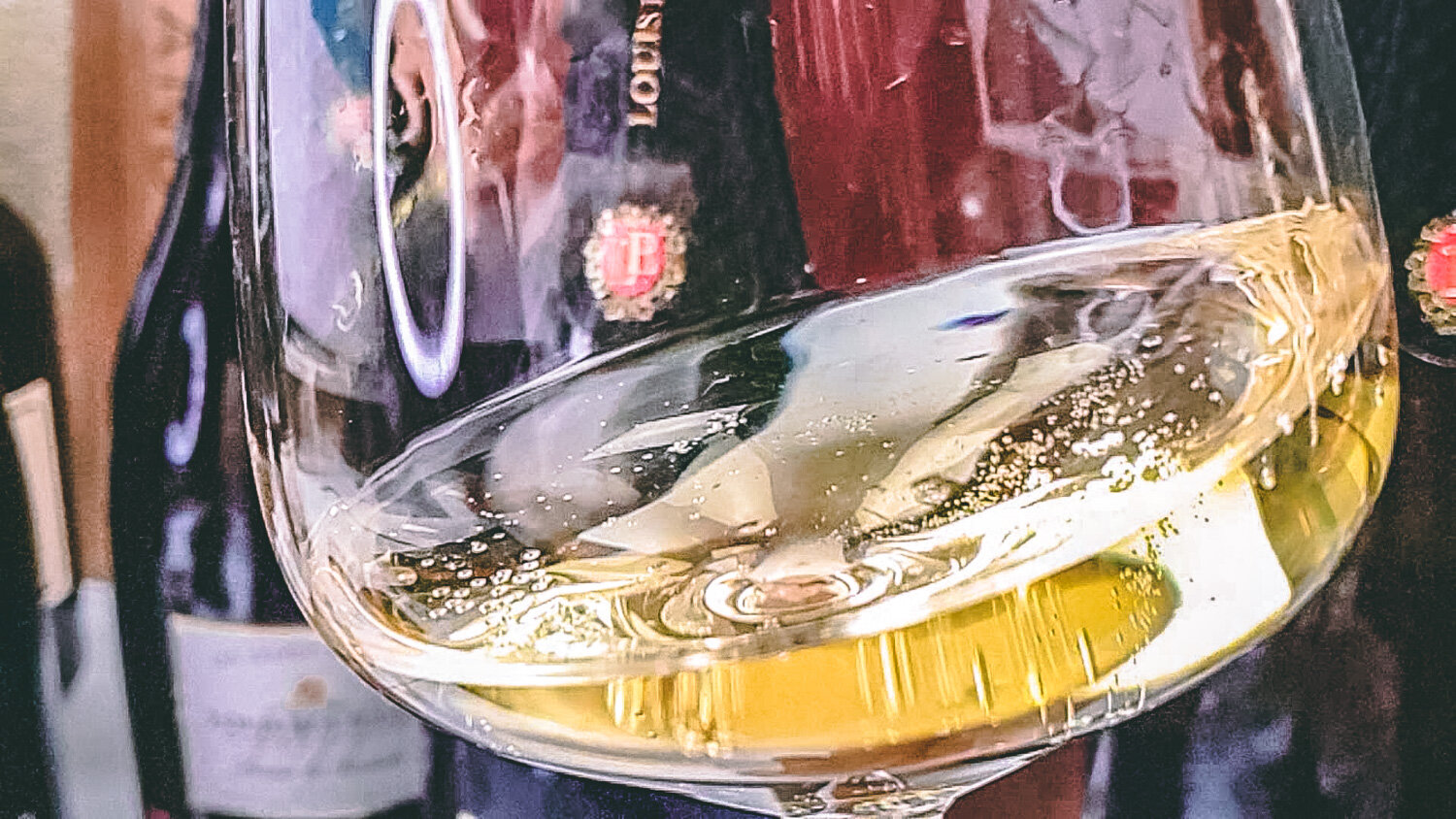
Why making and drinking Extra-Brut or Zero Dosage?
Why would anyone bother buying a Champagne with less sugar added than that, then? Why would Champagne houses release bubblies as Extra-Brut which is the level below Brut in terms of sweetness, or even as Zero Dosage which is the term to designate Champagne with zero added sugar?
One reason can be that some specific customers may be looking for a very dry and acidic Champagne.
Top restaurant’s sommeliers for example are looking for something different and exclusive that pairs perfectly with certain dishes. With a very delicate entrée in a Michelin-Starred type of restaurant for example or some seafood dishes.
Sometimes you may just want something really crisp and dry. Some Champagne enthusiasts who love trying new things may buy this as well.
Secondly, these very dry Champagnes better reflect the expression of the grapes and of the terroir, the land they were made from.
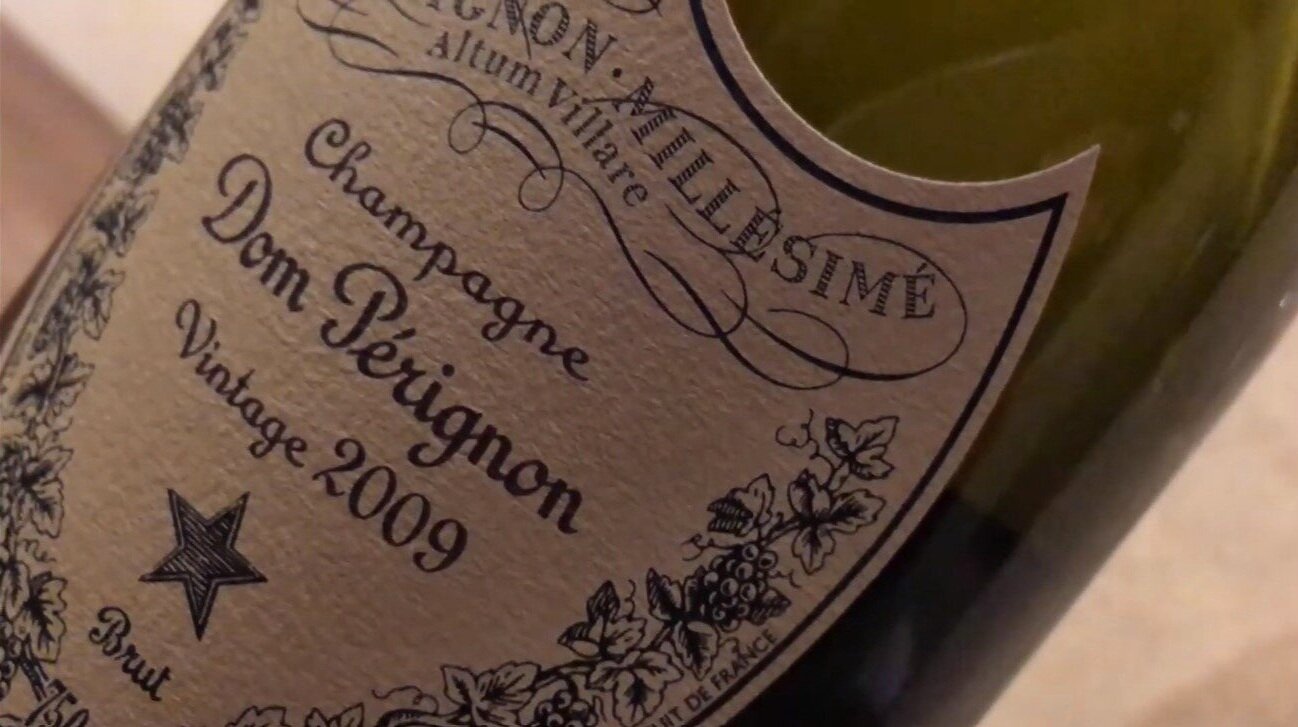

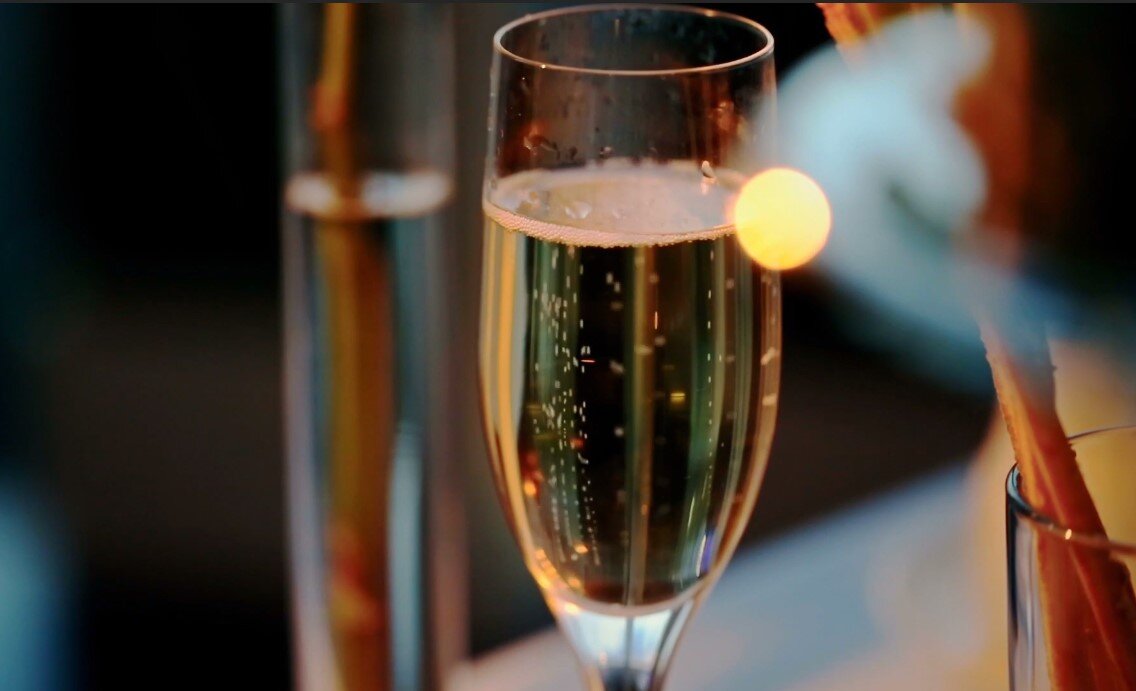
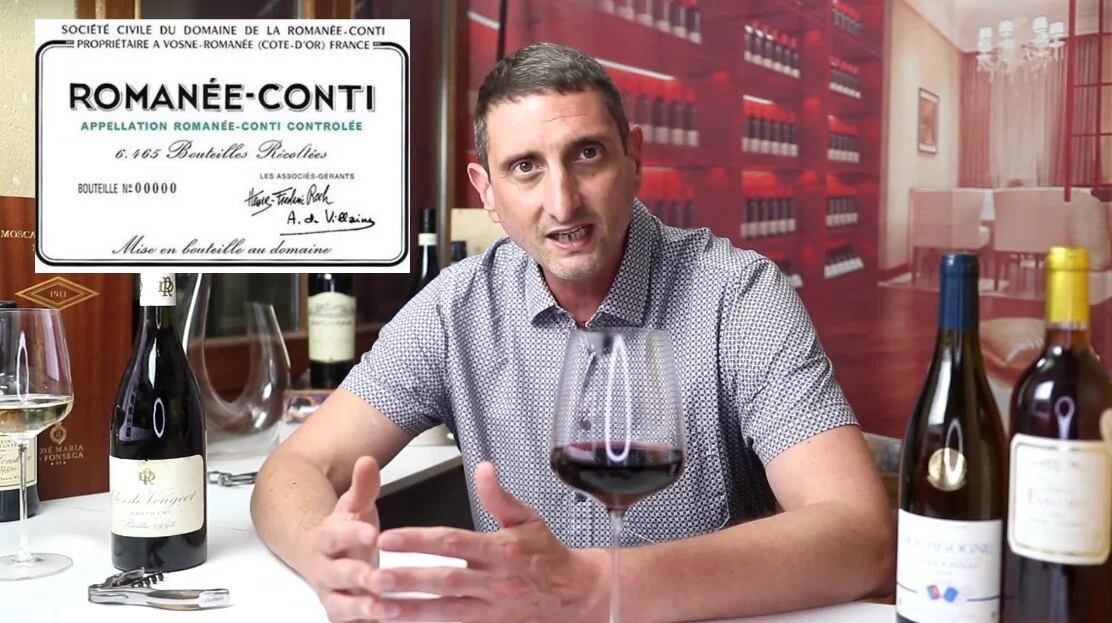
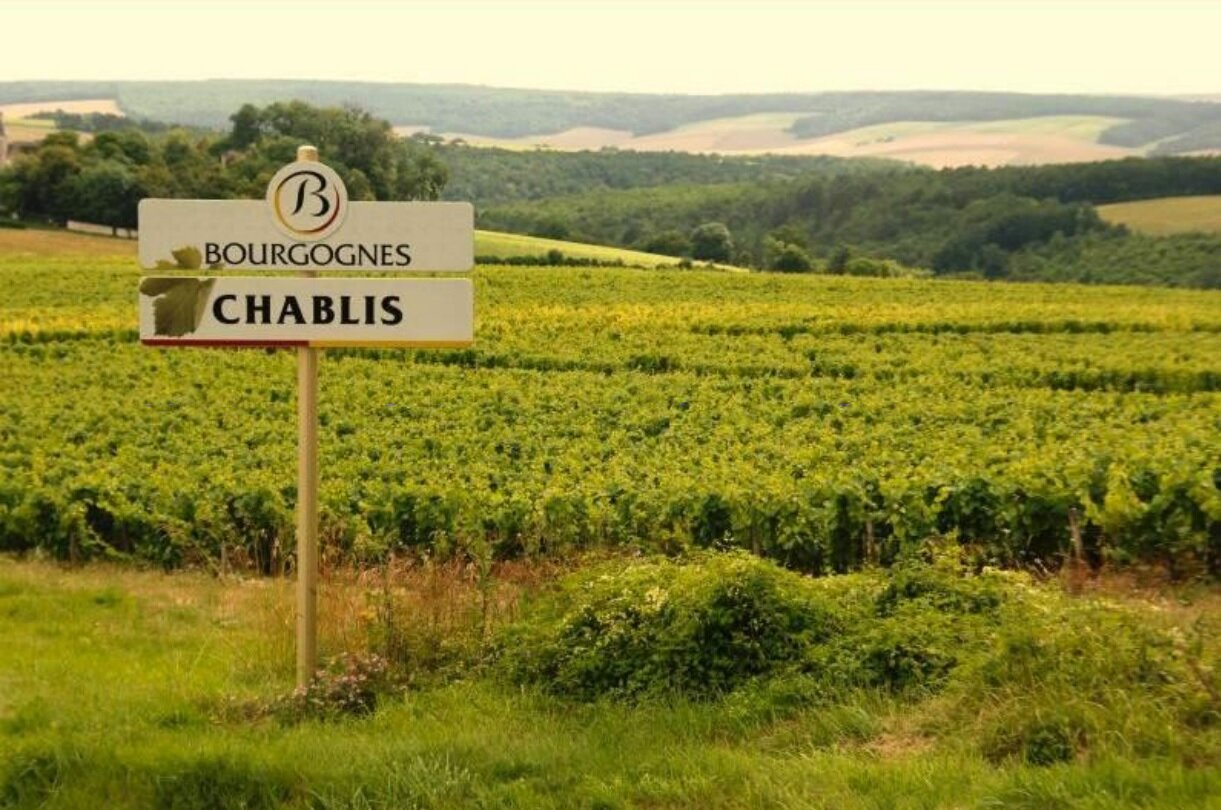
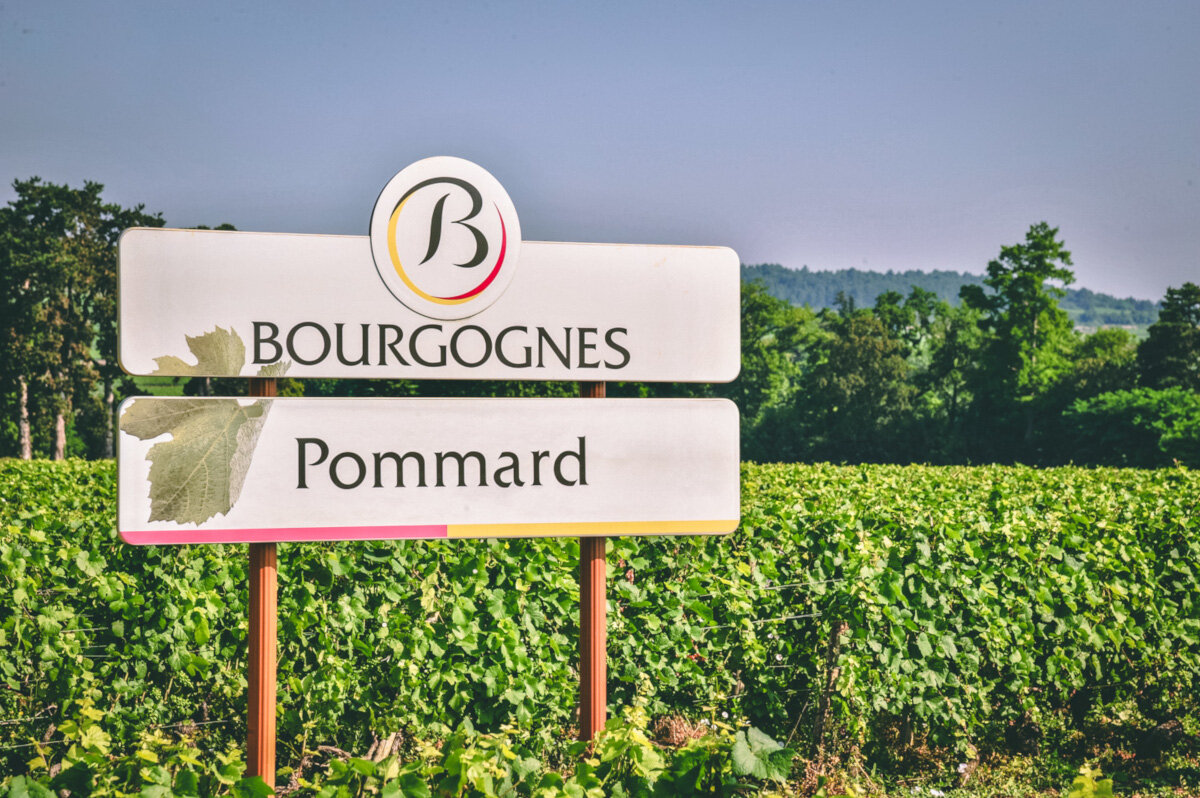
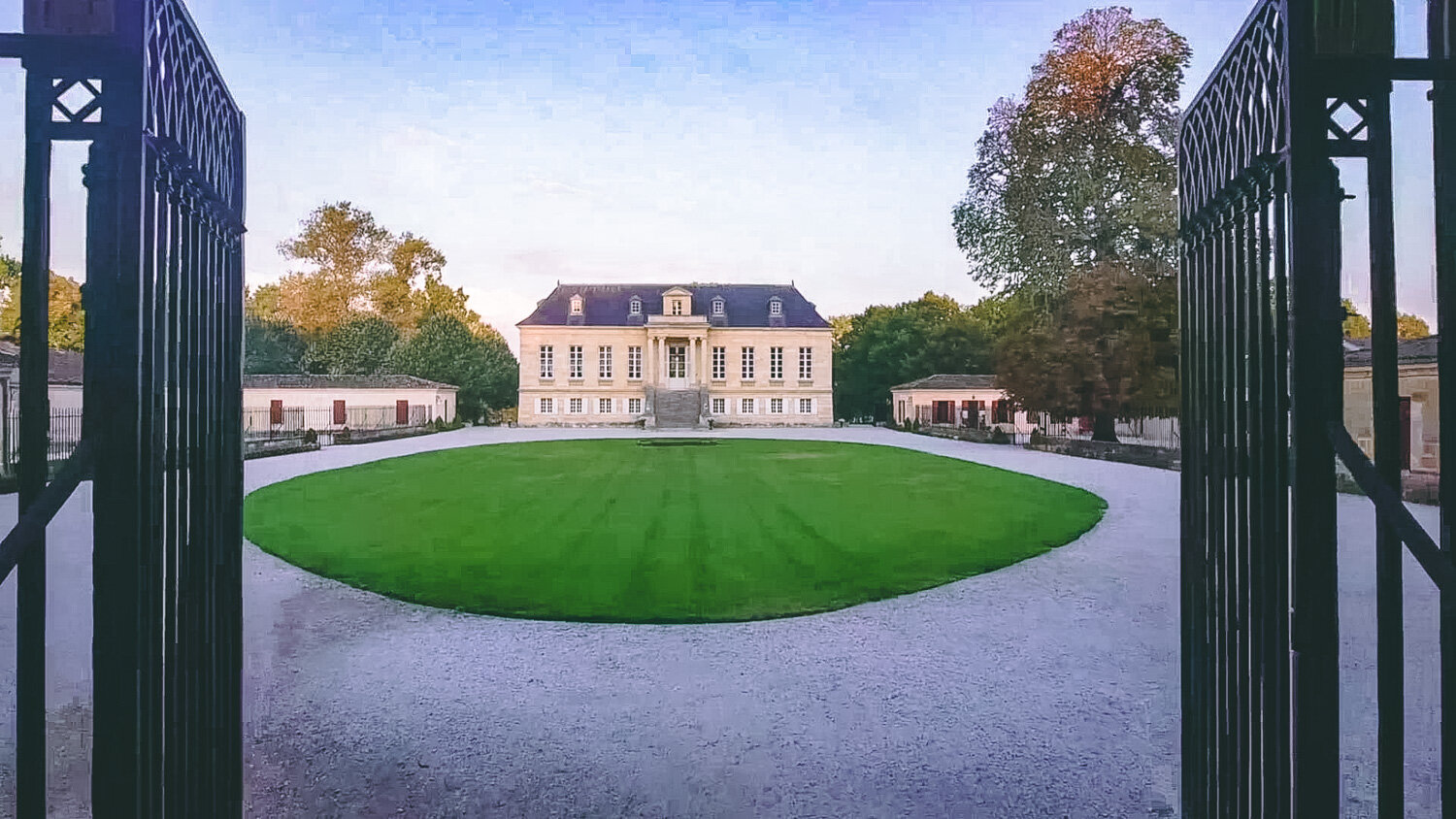
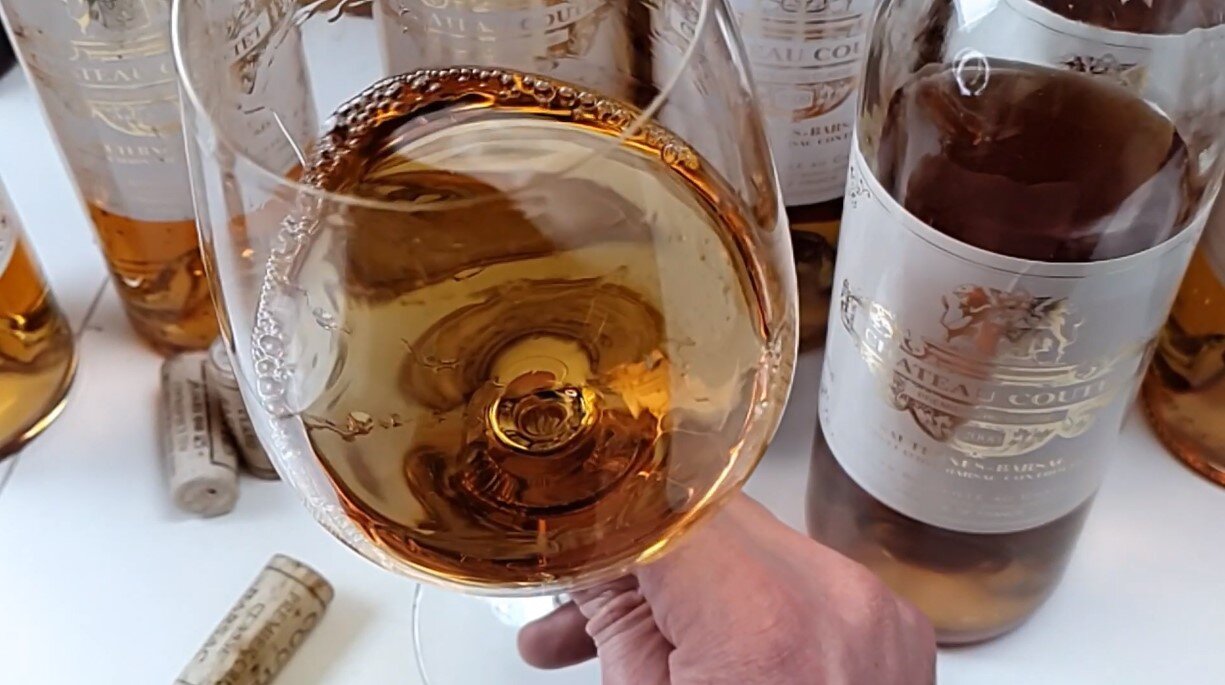
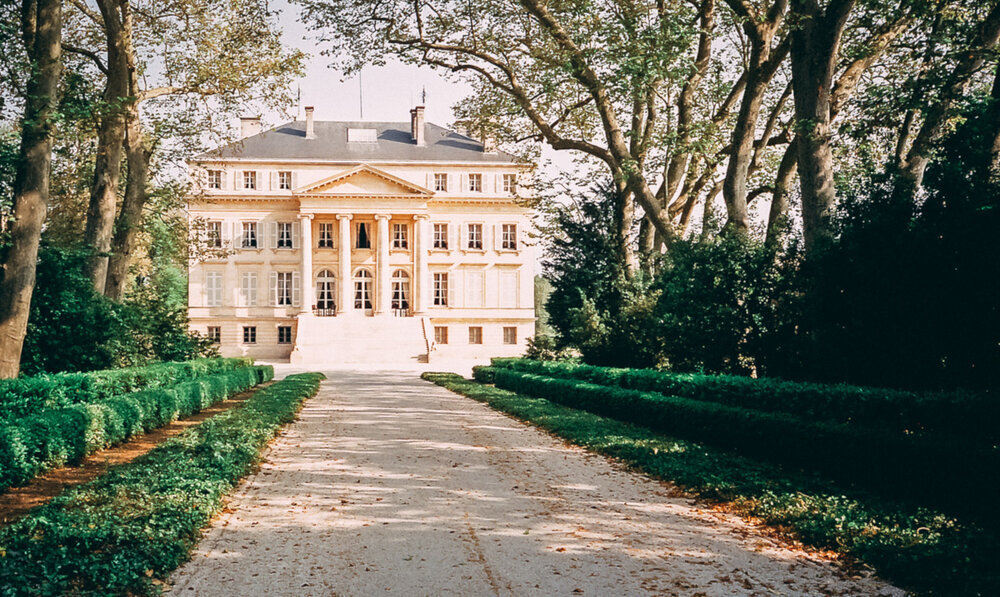
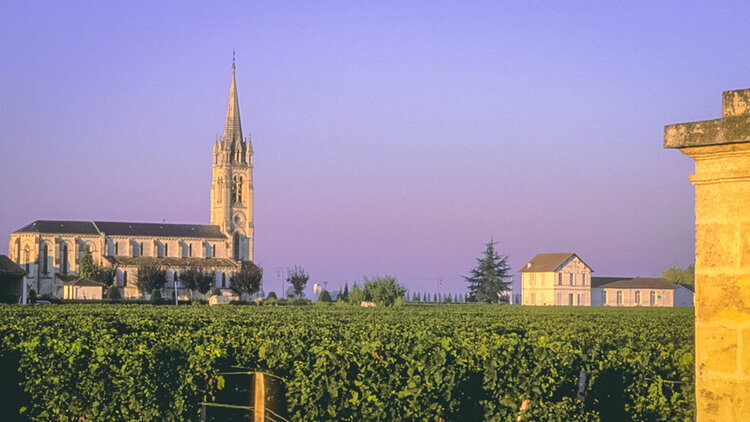
There is no artifact from added sugar. You get the natural balance of the wine just the way the vines naturally made it.
For some vineyard-specific cuvées, if a winery wants to highlight the special characteristics of a plot or an area on their estate, they may want to release an Extra-Brut or a Zero Dosage.
Finally, to make such a dry Champagne, winemakers generally need grapes of excellent quality. Grapes that have enough richness and roundness to them. Grapes that are naturally ripe enough to provide the roundness in the texture that is going to make the Champagne still enjoyable without any help from any added sugar.
A winemaker can only get this natural oily texture and body out of grapes grown with great care on some of the best soils.
Coincidentally, wineries like to highlight their best cuvées in special editions and blends. Wine enthusiasts like to taste these terroirs on their own. It happens that with these best grapes from the best vineyards, you can make the driest Champagnes with a harmonious balance.
For the numbers, Extra-Brut has less than 6 grams per liter of sugar added or say a quarter of a tablespoon in a bottle.
Extra-Brut an intermediary style between Brut and the zero-dosage also sometimes called Brut Nature that has no added sugar whatsoever. Zero dosage are even rarer than Extra-Brut.
Certainly, both are fascinating styles to explore that I recommend trying if you ever find one.
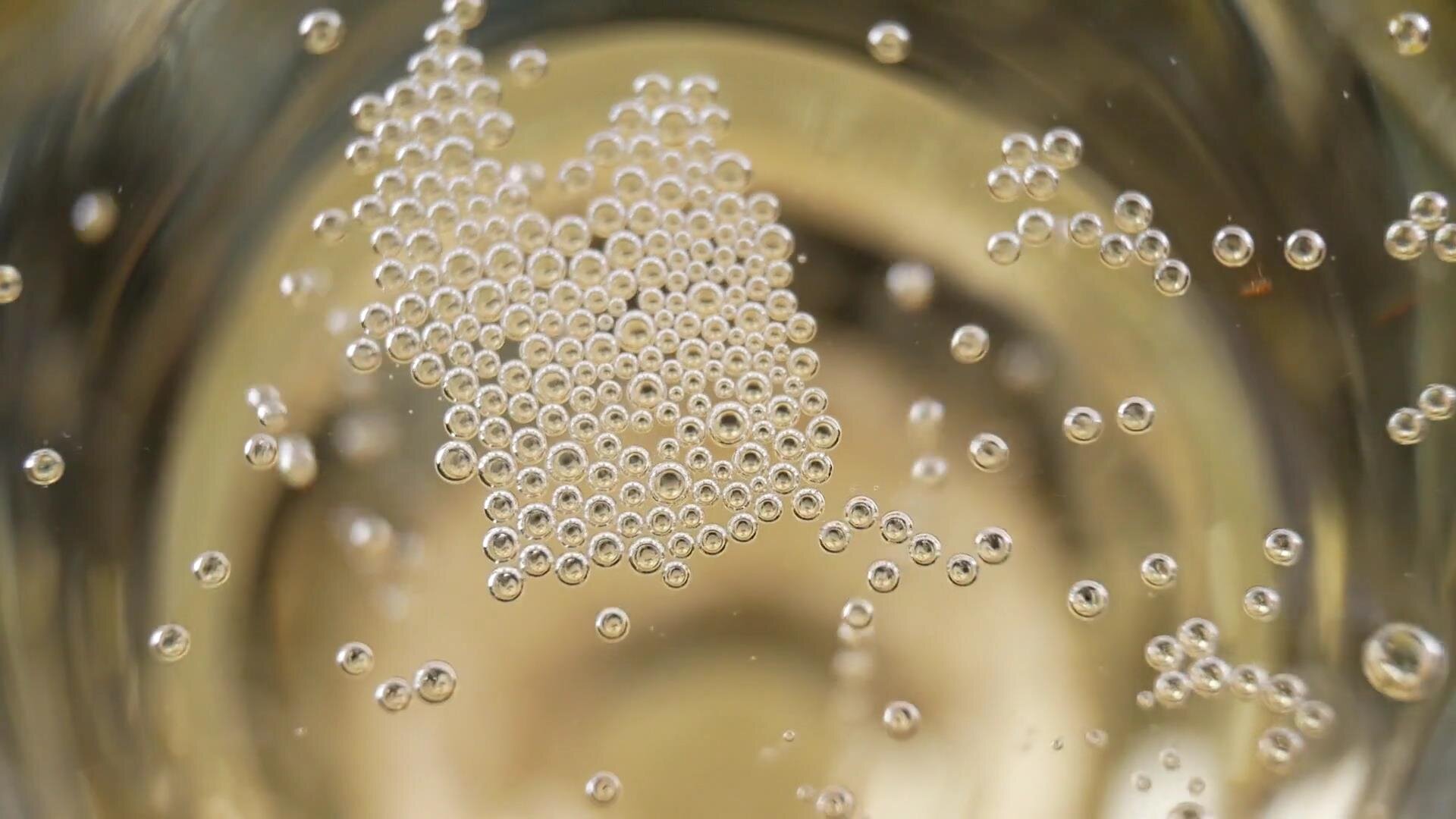
The sweet Champagnes?
As we’ve seen, anything above Brut with more than 12 grams of sugar is going to taste identifiably sweet.
It might be just a little sweet like in an Extra-Sec which is the level just above Brut, an exceedingly rare style. You may find some Champagnes that are Sec or Demi-Sec.
What is very confusing and why no one ever remembers in which order those levels come in, is that the word Sec in French means Dry, while a sec Champagne is sweet!
Even worse is that a Demi-Sec, which would normally mean half-dry, is actually sweeter than Sec.
A Demi-Sec may contain up to 50 grams per liter of sugar. We are talking about 3 full tablespoons of sugar in a bottle. Definitely sweet!
Why would you want anything this sweet? It could be for some specific food pairings, like to go with a dessert without resorting to buy a Moscato or similar alternative sweet style of sparkling wine.
Some specific markets have a tradition of drinking sweet Champagne like in some parts of Russia or Asia. It’s very niche but it exists.
To finish, let’s mention the highest sweetness level called ‘Doux’ (French for sweet). A Champagne Doux contains more than 3 full tablespoons of sugar.
ALSO…
-
Read and watch Julien Miquel’s series on the finest wines from Bordeaux and Burgundy.
-
Follow Julien’s accounts on Facebook, Twitter and Instagram, and check out his award-winning blog, Social Vignerons.
More featured stories for you:
